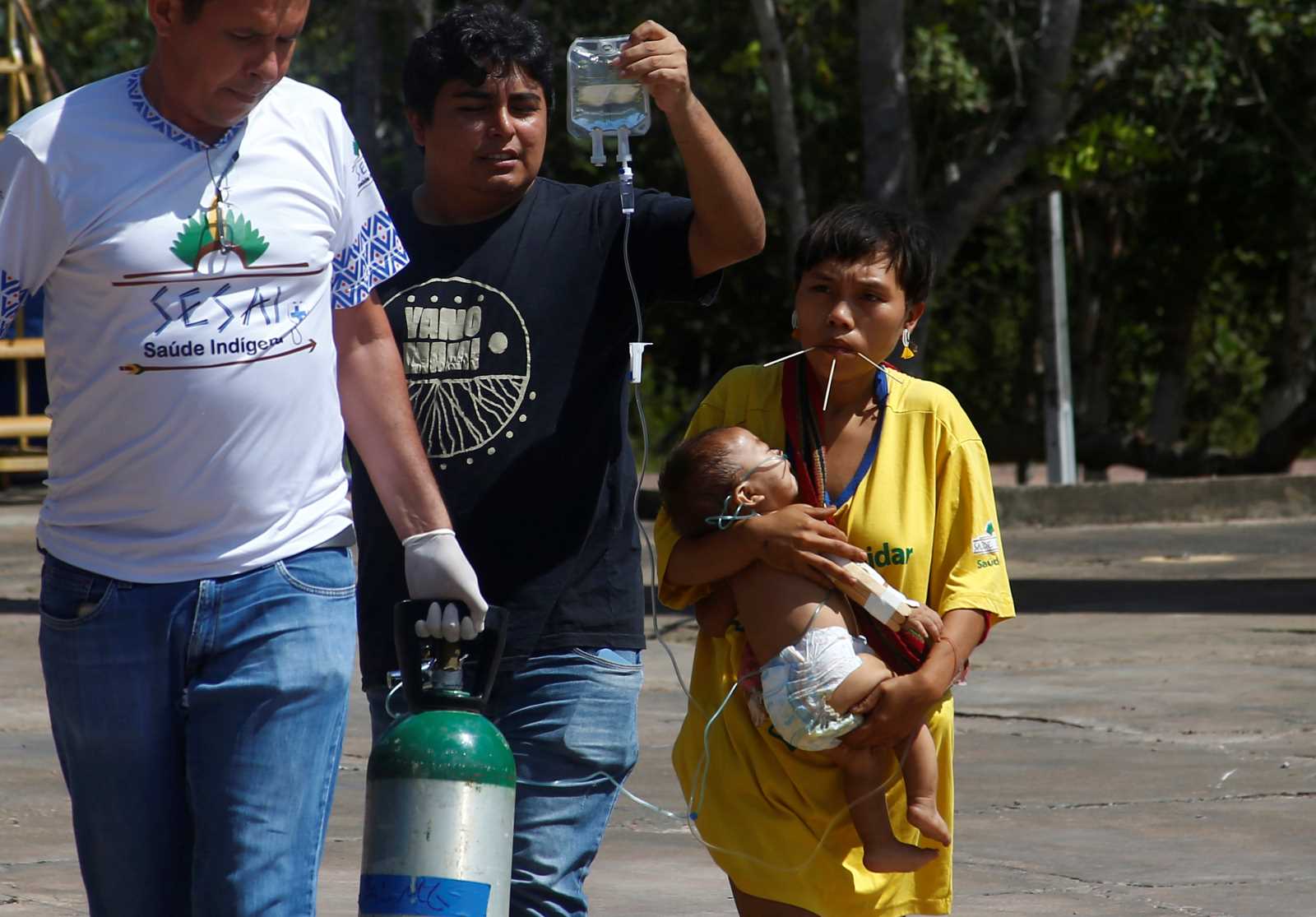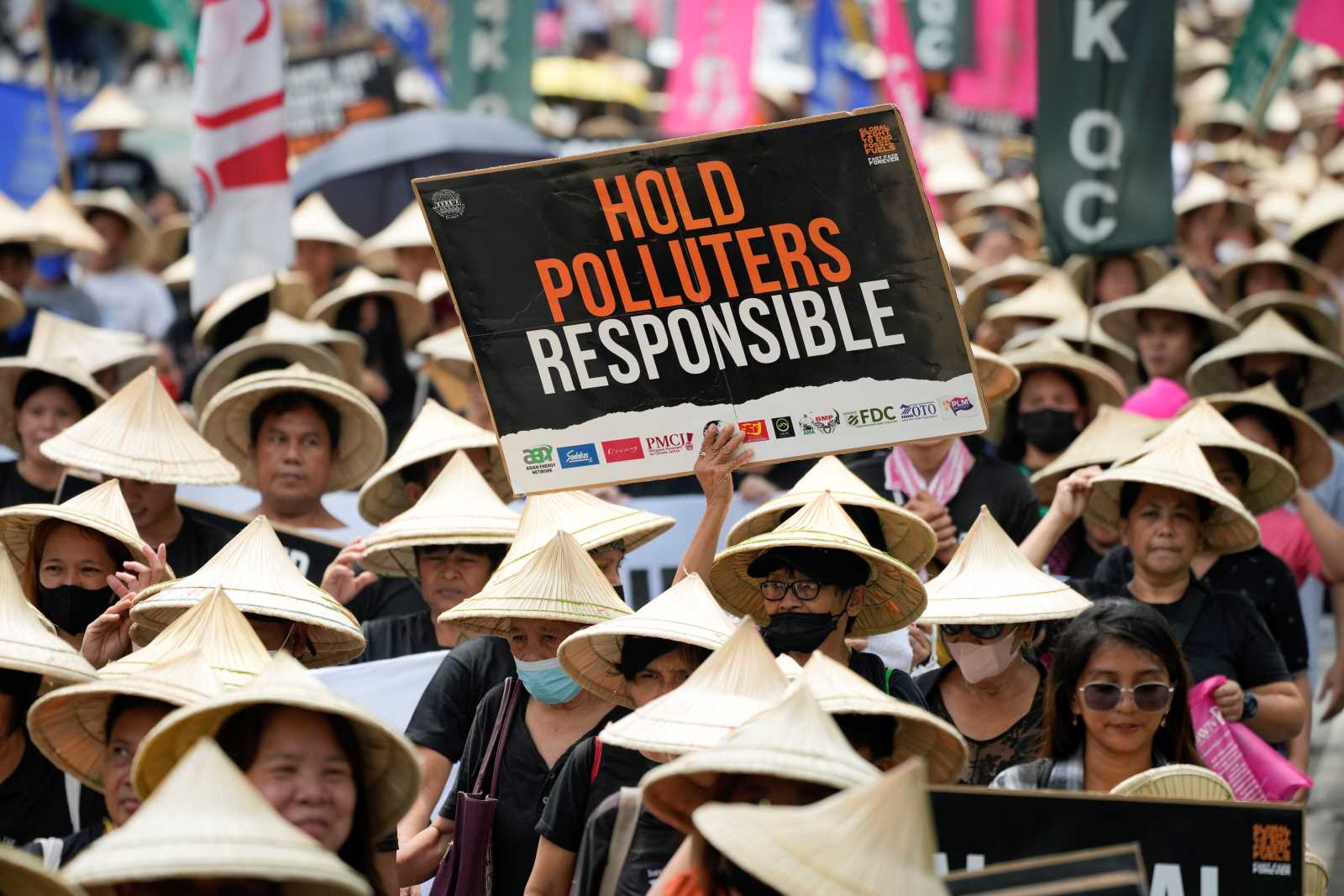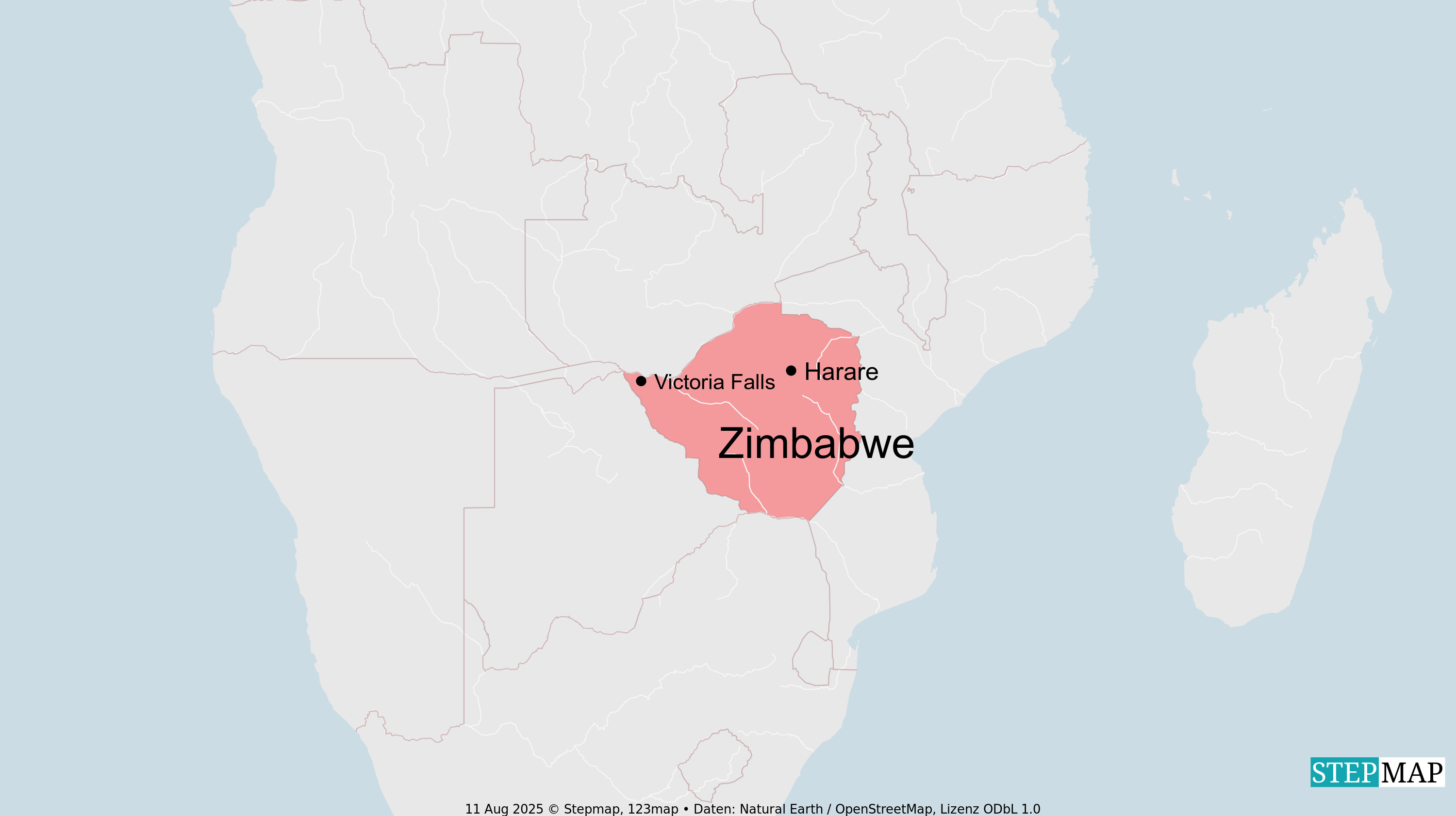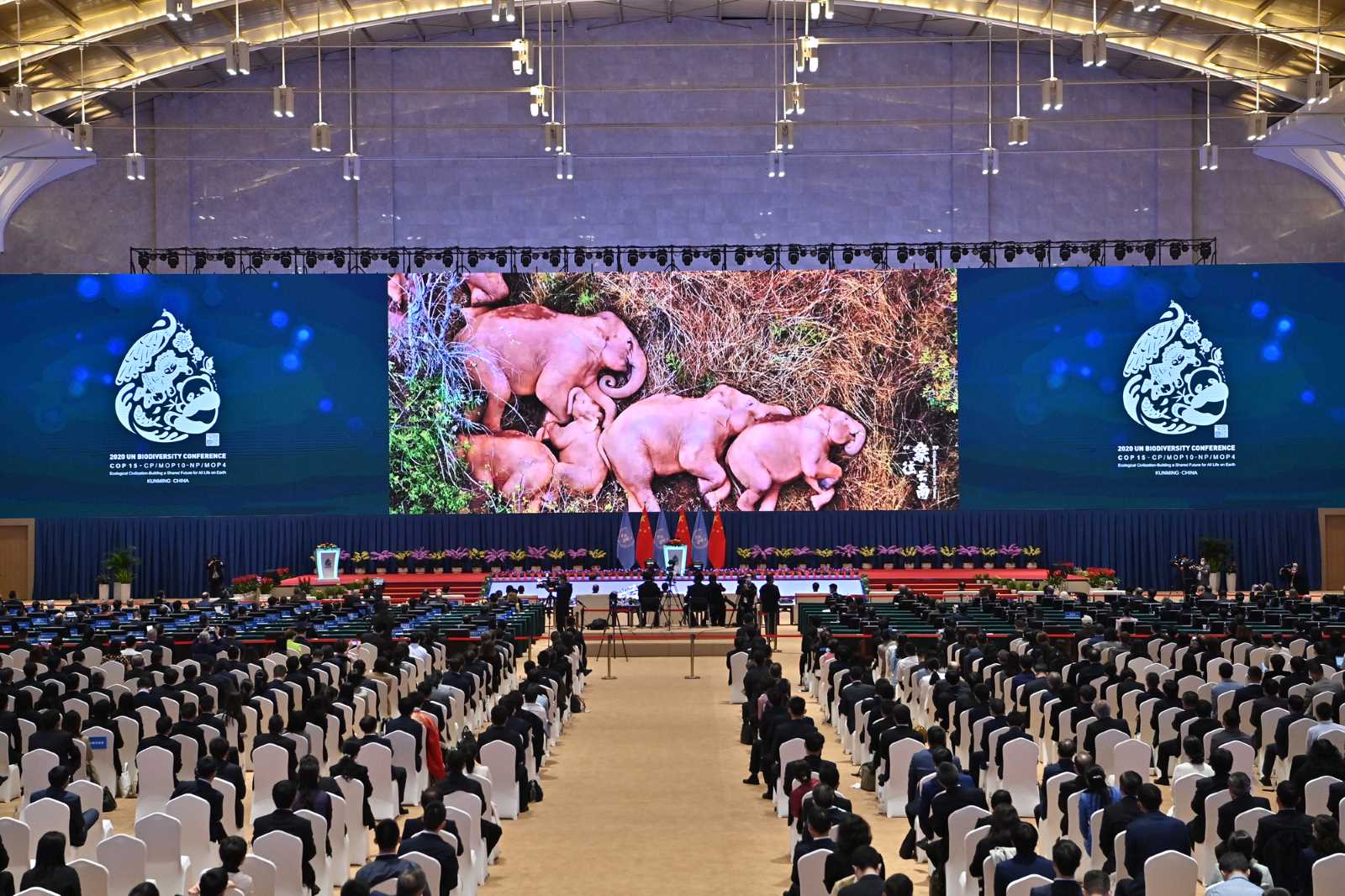Forest fires
Latin America is burning
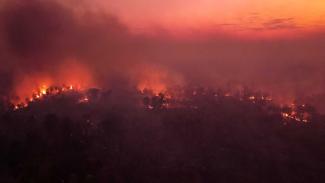
The expansion of agriculture and forestry is a driver of economic growth across Latin America and the Caribbean. According to the World Bank, agriculture alone accounts for between five and 18 percent of gross domestic product in 20 countries in the region. However, the growth of these activities brings a number of environmental problems, including an increased risk of forest fires.
Climate change, forest clearance for farmland and slash-and-burn agriculture are increasingly creating conditions that facilitate devastating fires, which directly threaten local lives and livelihoods.
Reports by government agencies and international organisations indicate that fire disasters are getting worse. Countries affected – including the United States, Canada, European countries bordering the Mediterranean, the Democratic Republic of the Congo and Australia – are pushed to the limits in their efforts to respond effectively. Latin America has suffered particularly severe fires. The following are just three recent examples:
- In 2023, forest fires laid waste to more than 17 million hectares of land in Brazil – an area the size of Uruguay.
- In October and November 2023, more than 250,000 hectares were left charred in the La Paz-Beni corridor. The number of fires registered in Bolivia was nearly five times higher than in the previous year.
- The blaze that swept through Viña del Mar, Chile, in February claimed more than 130 lives, making it the second deadliest fire event of the 21st century after Australia’s “Black Saturday” bushfires in 2009.
Recently, every forest fire season in South America has been at least as destructive as the preceding one, especially in the Amazon region. The causes include extreme weather conditions and poor land use planning. Legal and illegal economic activity also plays a major role.
According to the UN Food and Agriculture Organization (FAO), Latin America and the Caribbean currently account for more than a fifth of the world’s forests. Between 1990 and 2020, however, the region lost around 138 million hectares of woodland – an area larger than Peru. The FAO says the main reason for this is the use of more land for agriculture, forestry and livestock farming and, to a lesser extent, urban expansion and road construction.
In Brazil, for example, the area of land used for forestry increased by 274 % between the mid-1980s and 2019, and agricultural land grew by 160 %. Areas for grazing livestock expanded significantly through to the year 2000 but have not been extended since then.
The conversion of land has opened economic prospects but at the same time has had disastrous consequences – among them a heightened risk of forest fires. Latin America’s original wet forests, especially the Amazon rainforest, act as natural barriers against fires, preventing them spreading or slowing their progress. The radical changes in land use and the destruction of those green firewalls – coupled with a simultaneous rise in greenhouse-gas emissions – increase the amount of combustible material and thus pave the way for disastrous fire events.
Slash-and-burn out of control
Another practice that harbours a constant risk of disaster is controlled burning. This involves deliberately starting fires to prepare land for agricultural use. It can not only have the effect of destroying soils but also results in accidental fires sparked by windborne embers.
In Bolivia, for example, slash-and-burn contributed significantly to the forest fires that devastated hundreds of thousands of hectares in the Chiquitania region in 2019. According to the online news portal Mongabay, the Bolivian state itself promoted controlled burning in a drive to expand agriculture. However, the situation got out of hand and vast areas of land with valuable biodiversity fell victim to the flames.
“We have a responsibility and a mandate to grow the Bolivian economy, not just on the basis of non-renewable natural resources but also on the basis of agriculture and livestock farming,” said Bolivia’s then President Evo Morales months earlier.
Whether more agriculture and forestry are made possible by deforestation or slash-and-burn, both practices result in increased climate change-fuelling carbon emissions, devastated ecosystems and more conducive conditions for forest fires.
Susana Paula is performing research on forest fires at the Universidad Austral de Chile. She says it is not enough for societies that are exposed to major fires to concentrate on firefighting. Instead, they need to do more to prevent or alleviate forest fires or, where possible, adapt to them. She calls for more preventive measures and better support to create a more diverse landscape. She also recommends changes in land use, especially in areas that are susceptible to fires, greater efforts to control invasive species, to restore native ecosystems and to support affected communities with long-term psychosocial programmes.
One thing is certain: there is an urgent need to reverse the trend and limit the scale of Latin America’s forest fires – for the sake of local people and the entire global community.
Javier A. Cisterna Figueroa is a Chilean journalist and lives in Concepción.
cisternafigueroa@gmail.com

